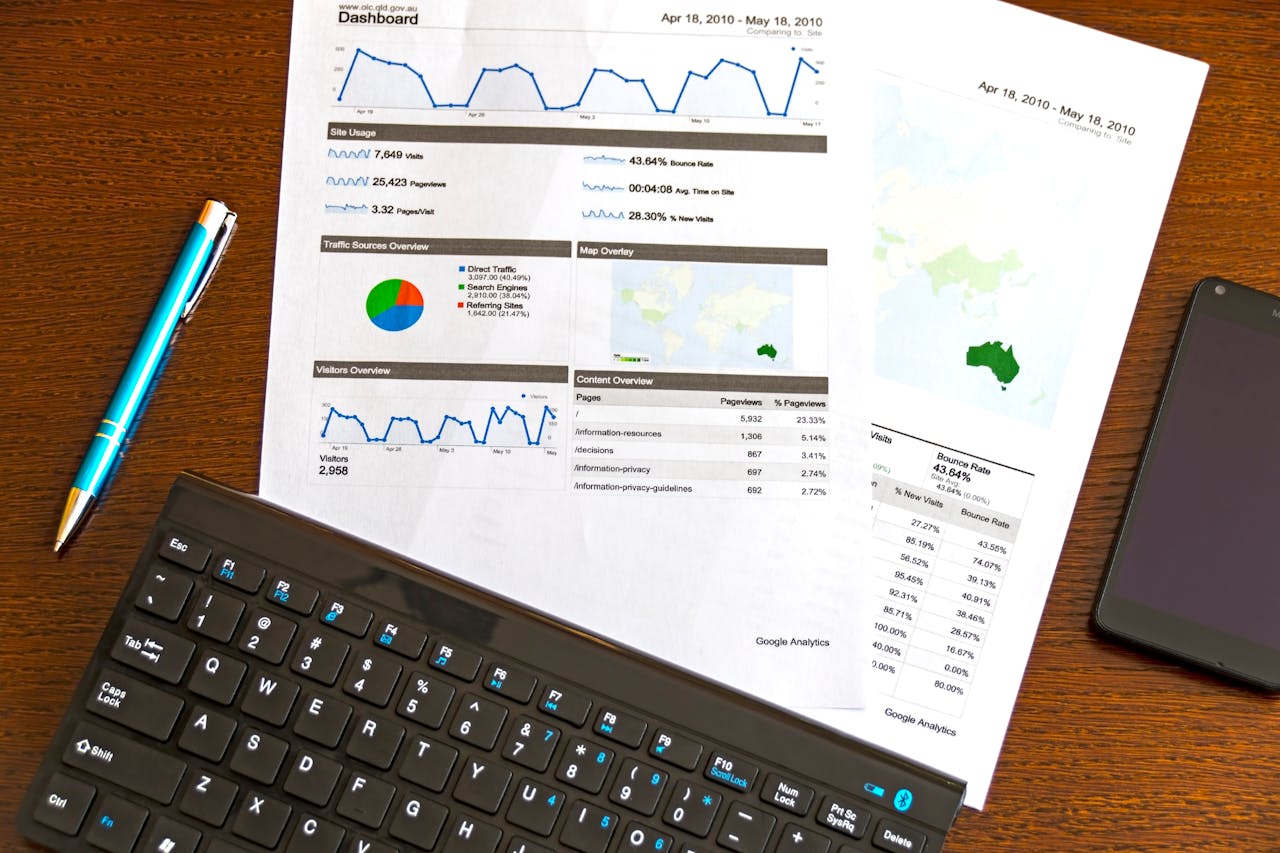Yardi has become one of the most recognized names in the Proptech world. It’s widely used because it tackles real operational challenges that many property owners, managers, leasing agents, and accounting teams deal with every day.
So, what is Yardi software used for, really?
The short answer: it’s used to manage everything tied to real estate assets. From tenant leasing and maintenance to detailed financials, reporting, and compliance, it does it all.
But that answer only scratches the surface. To fully understand its value, you need to look at what Yardi is capable of, who it serves, and how its different components come together to form a complete real estate management software.
Understanding Yardi
Yardi is a property management system built for organizations that manage or own real estate. It can serve a single apartment building, a multi-region retail portfolio, and everything in between. What makes Yardi different from many other software platforms is that it combines operations, leasing, accounting, marketing, and analytics in a single connected environment.
Yardi offers multiple products under its software umbrella, each designed to serve different types of portfolios and operational needs. Three of the most commonly used solutions are Yardi Voyager, Yardi Breeze, and RentCafe.
Who Uses Yardi?
Yardi is used by a broad spectrum of real estate professionals. Property managers, leasing teams, accountants, asset managers, and executives all rely on it for their daily work. For larger organizations, it becomes the system of record that connects departments and guides decision-making.
Some companies implement it for its operational efficiency. Others choose it because of its accounting depth or flexibility across asset types. For many, it’s the ability to handle both residential and commercial real estate on a single platform that sets Yardi apart.
What Does Yardi Do?
Let’s look at its day-to-day application across departments to better understand what Yardi software is used for.
Yardi is a workflow engine that supports leasing, resident relations, financial oversight, vendor management, and more.
The platform is used to manage leasing and tenant records, automate rent collection and late fees, track maintenance requests, generate owner statements, manage payables and vendor interactions, and support compliance documentation.
In addition to all that, Yardi also supports business intelligence reporting, budgeting, job costing, and even utility billing.
Each of these features supports the goal of consolidating real estate operations under one platform that’s scalable and customizable according to your property type.
Residential and Commercial Use Cases
Yardi is used across both residential and commercial sectors, but how it’s applied depends on the complexity and goals of the portfolio.
Yardi for Residential Property Management
In residential property management, Yardi supports leasing cycles, tenant communication, and property upkeep. The platform helps teams track move-ins and move-outs, renewals, rent payments, and maintenance in real-time.
Residents have access to online portals to pay rent or request services, and leasing agents can manage applications through built-in CRM tools.
This integration is especially important for multifamily portfolios, as it supports standardization across units and sites, allowing for portfolio-level reporting and oversight.
Yardi Commercial Real Estate Software
On the commercial side, Yardi handles more intricate lease structures, such as Common Area Maintenance (CAM) reconciliations, base rent escalations, and multi-tenant spaces. It also allows for detailed tracking of critical dates, space usage, tenant improvements, and retail percentage rents.
Commercial teams benefit from tools that consolidate leasing data, contract terms, and revenue tracking under one umbrella, improving both forecasting and compliance.
Yardi Modules Overview
Understanding Yardi means understanding its modular architecture. The system is structured around modules that serve different operational needs. This design gives companies the flexibility to implement what they need when they need it.
Here are some of the primary modules included in the Yardi property management system:
1. Leasing and Resident Management
This module handles applications, screening, lease execution, renewals, and resident portals. It’s often the first point of interaction for property managers and site staff.
2. Maintenance
Work orders, inspections, vendor assignments, and preventive maintenance are managed in this Yardi module. Integration with mobile apps allows maintenance staff to work in the field with real-time updates.
3. Accounting
Yardi’s accounting module supports general ledger, bank reconciliation, journal entries, accounts payable, and financial reporting, all in a property-level or consolidated format.
4. Budgeting and Forecasting
For asset managers and finance teams, this module supports budgeting cycles, revenue projections, and expense planning based on historical data and market assumptions.
5. CRM and Marketing
Yardi also includes marketing automation tools, lead tracking, and syndication to listing platforms. It allows teams to manage prospect pipelines and monitor conversion rates.
6. Vendor and Procurement
This module manages contracts, purchase orders, vendor compliance, and payment workflows, helping streamline the entire vendor lifecycle.
7. Investment and Ownership Management
Used to support investor reporting, ownership structures, and distributions. It’s particularly useful in multi-owner property arrangements.
These modules work together to support both front-line and back-office teams, giving organizations a complete view of their operations.
Benefits of Yardi Software
Once Yardi is fully implemented, the advantages become clear across departments. Its impact extends beyond automation, and it centralizes information and promotes operational consistency.
Teams benefit from faster access to data, cleaner financial reporting, and fewer delays between departments. Because the platform is cloud-based, it supports multi-site management without requiring separate systems.
It also provides stronger audit trails, reduces redundancy, and improves transparency across leasing, accounting, and maintenance operations. These Yardi software functions are designed to reduce manual errors and help organizations build processes that scale.
From more accurate reporting to greater visibility into performance and streamlined distributions. The benefits are equally important for property owners and investors.
Final Thoughts
So, to answer, what is Yardi software used for?
It’s used to bring structure to complex real estate operations. Leasing, maintenance, accounting, forecasting, reporting, it’s all part of the same platform, designed to support day-to-day activities and long-term strategy.
Yardi’s strength lies in its adaptability. Whether you’re managing a portfolio of single-family homes, Class A office buildings, or mixed-use developments, its tools are built to handle the details. And because of its modular approach, organizations can shape the system around their needs instead of adjusting their workflows to fit the software.
If your team is evaluating real estate technology or planning a platform migration, understanding the scope and structure of Yardi is a good place to start.





